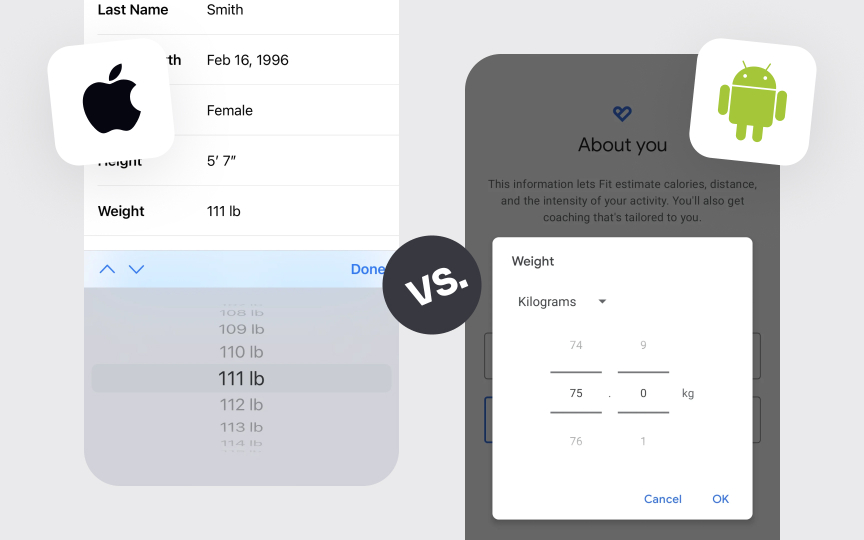Platform-specific requirements
Different platforms come with unique design requirements and user expectations. From iOS to Android to web, each platform has specific patterns, components, and behaviors that users expect. Regular audits ensure designs respect these platform conventions.
Key areas to check:
- Navigation patterns: Platform-specific back buttons and menus
- System components: Native UI elements and their proper usage
- Gestures: Standard platform interactions and shortcuts
- Typography: Platform-recommended fonts and sizes
- Layout guidelines: Margins, padding, and safe areas
- System features: Integration with platform capabilities
- Visual style: Platform-specific design language
Finding platform guideline violations helps maintain familiar experiences that users expect on each device.[1][2]
Pro Tip: Check against platform guidelines regularly. They update with each major OS release.

